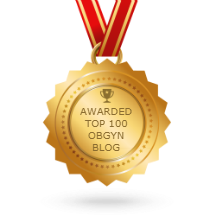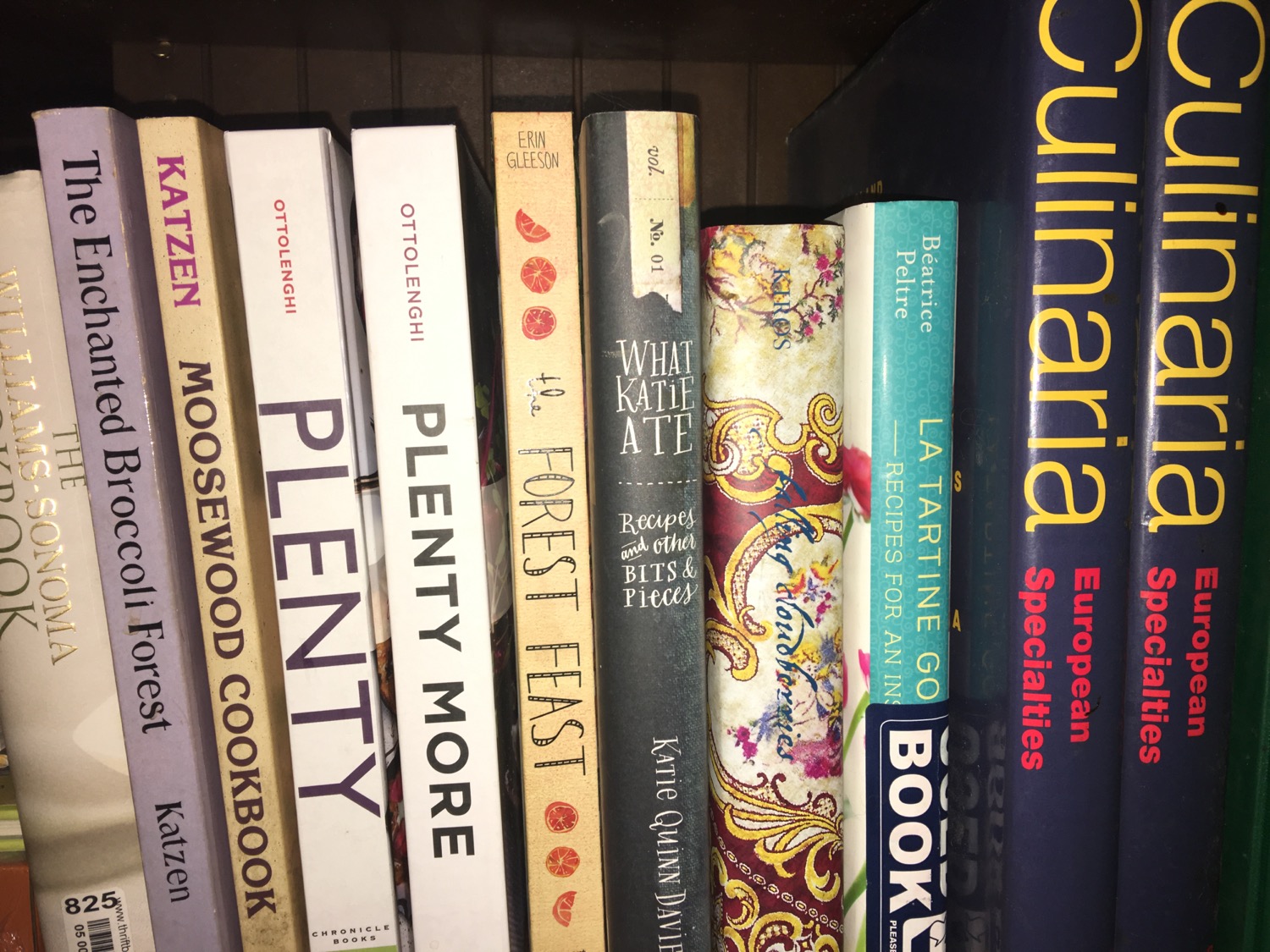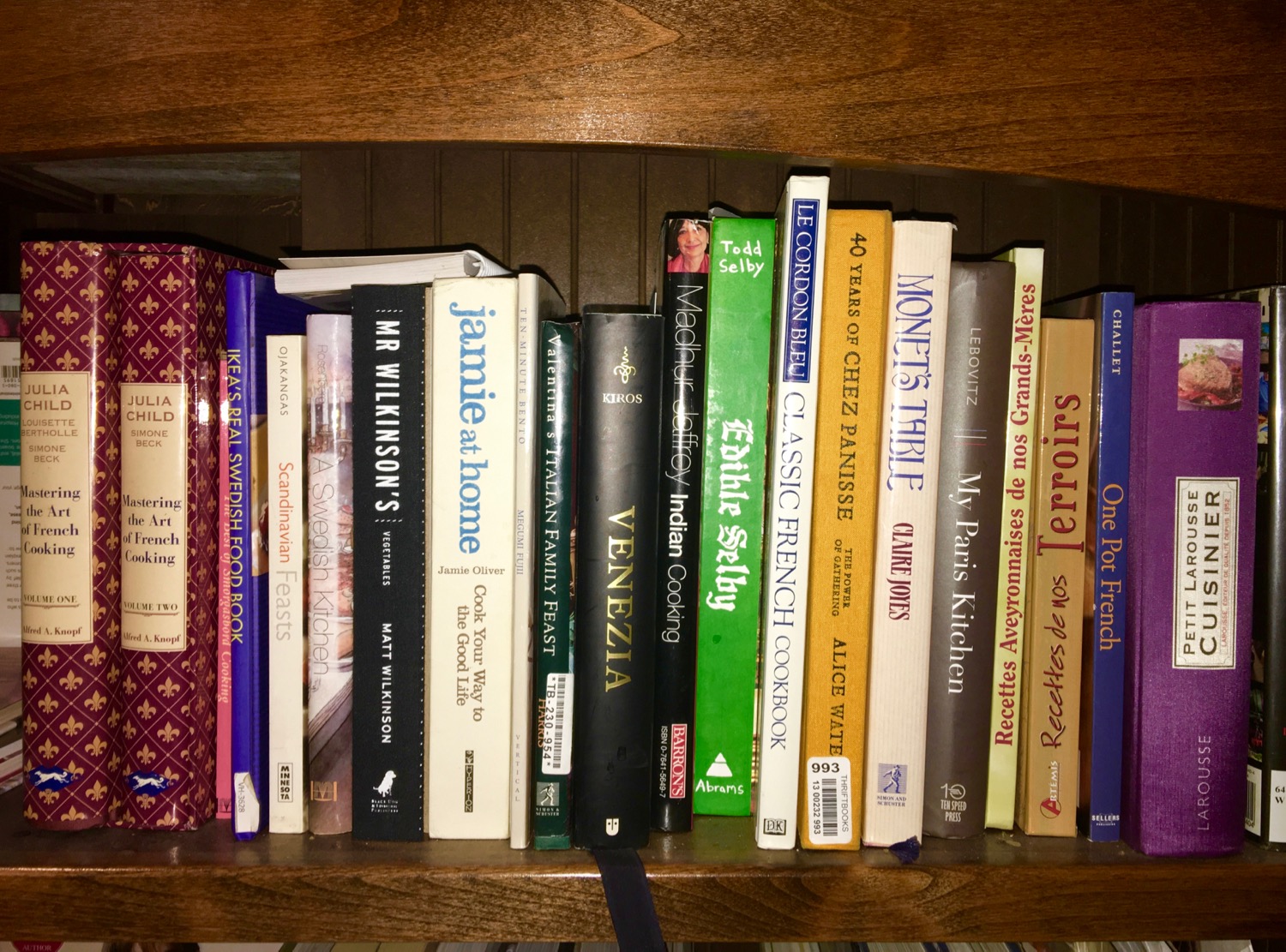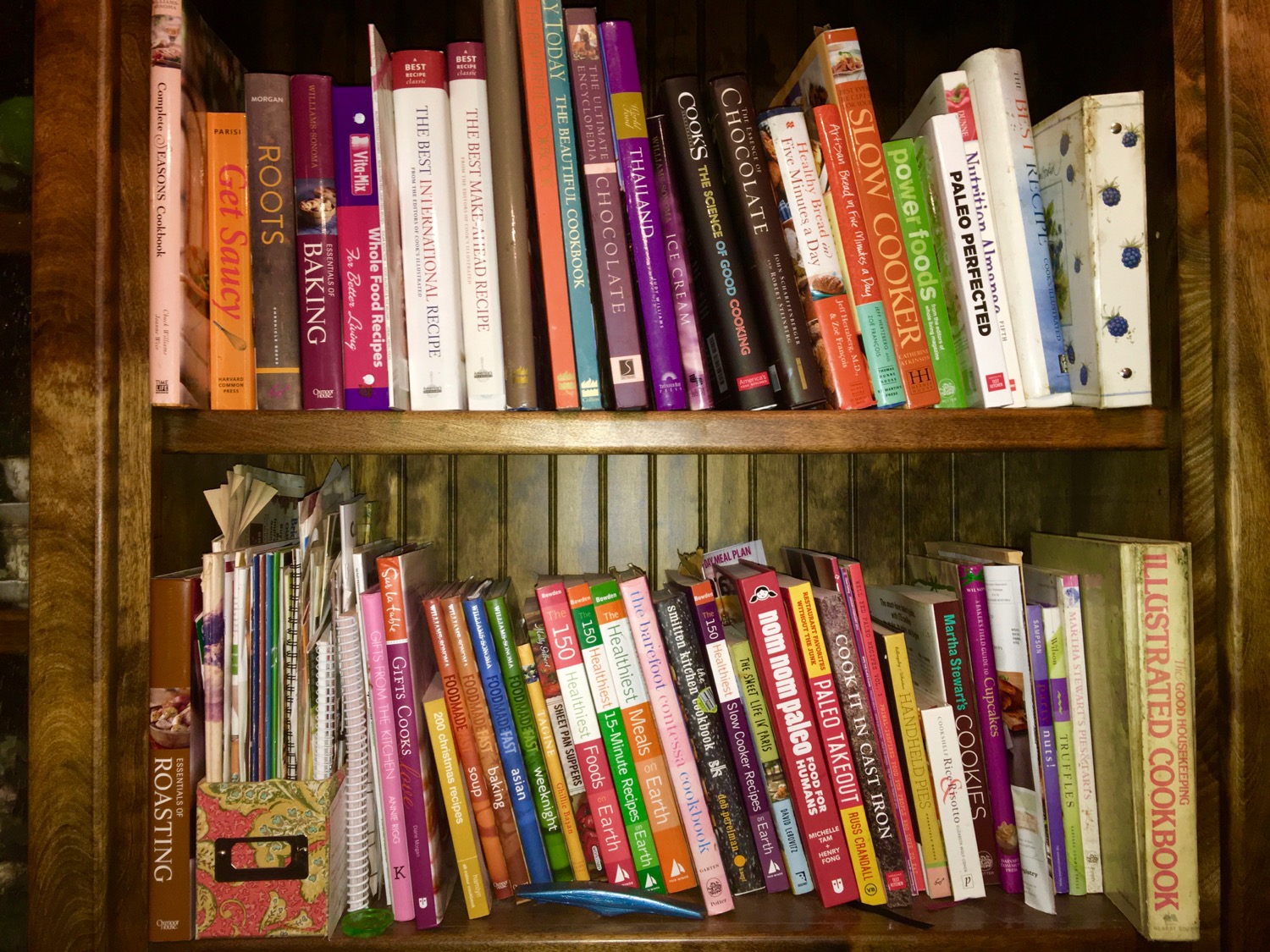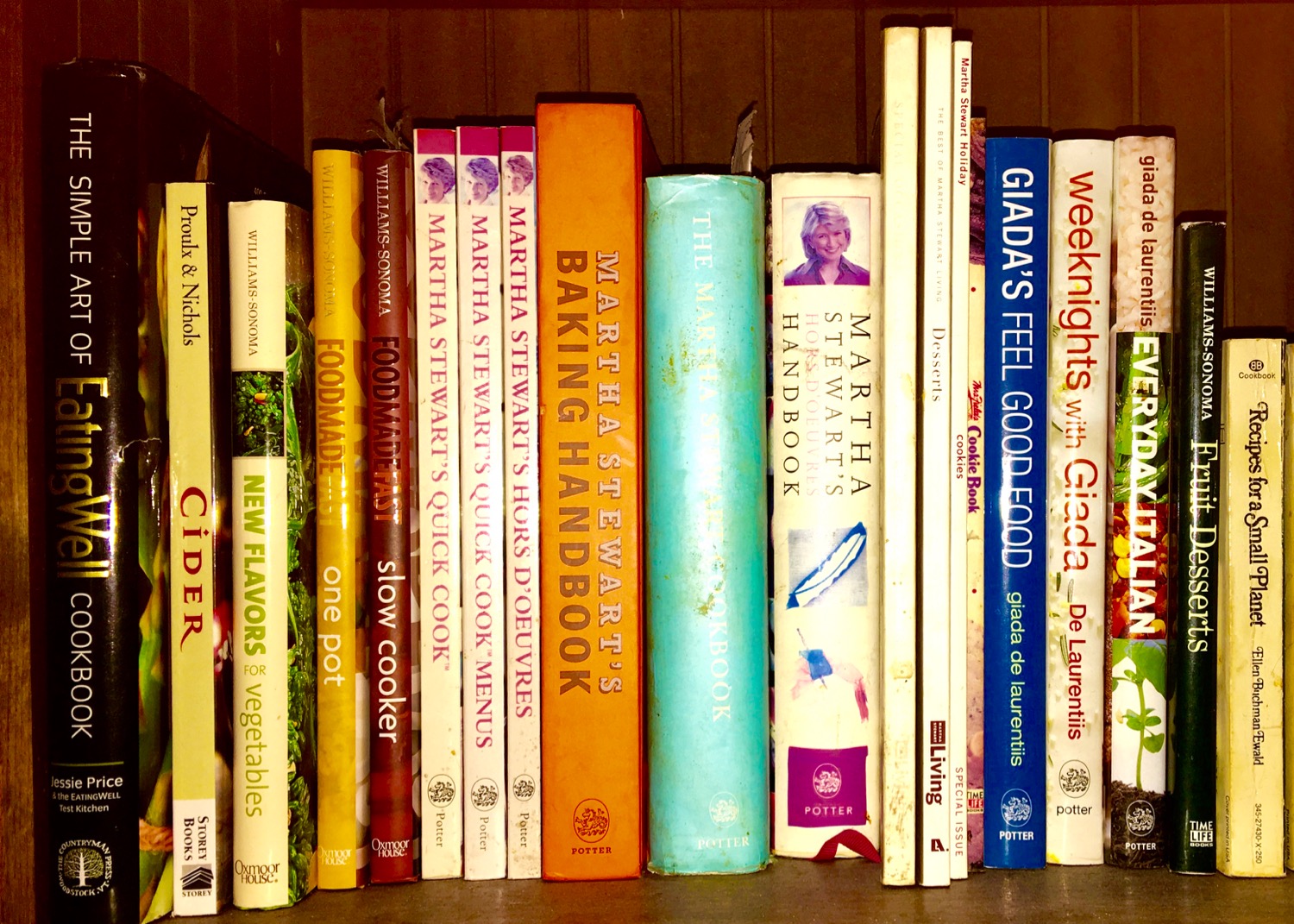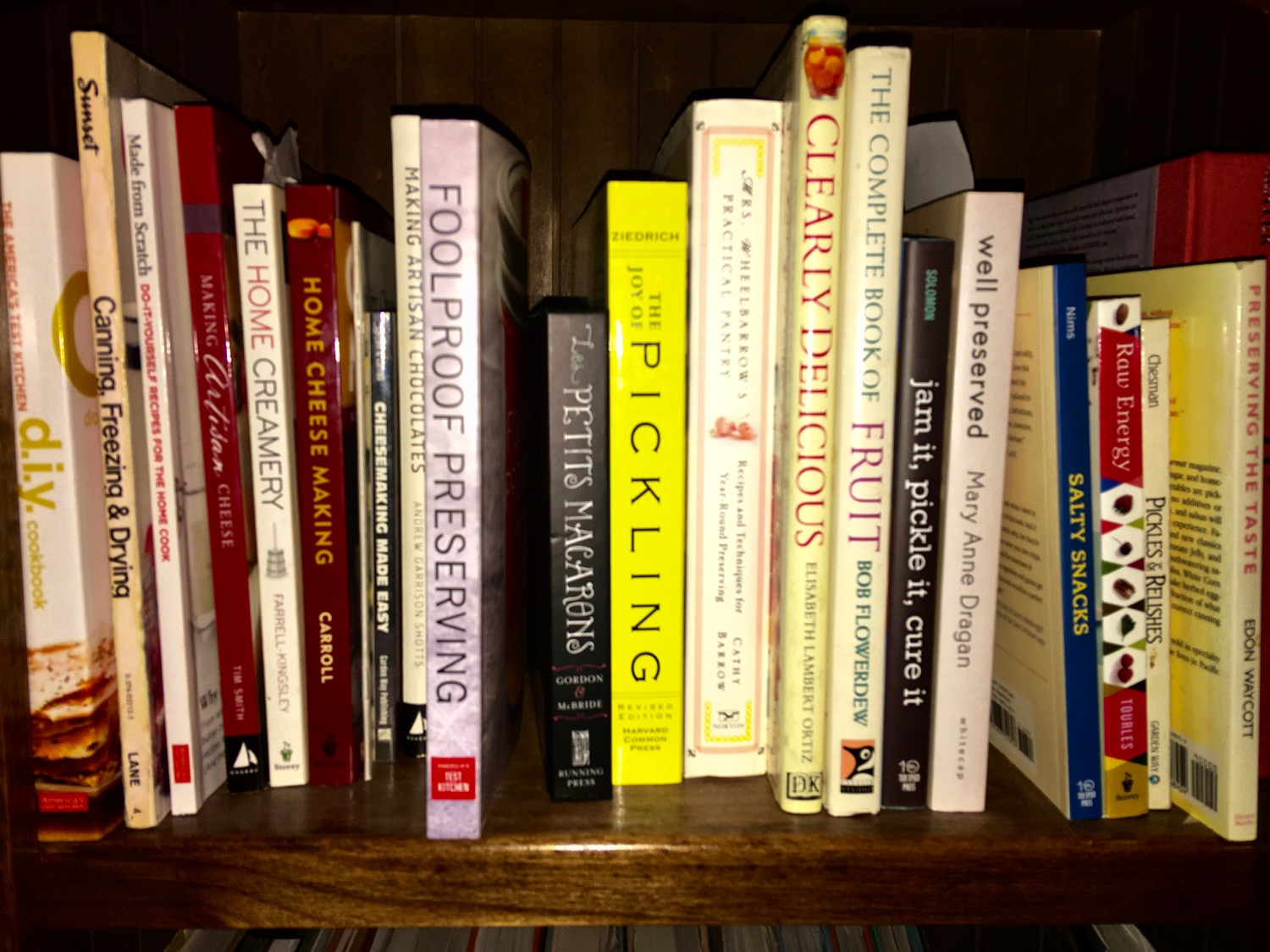This is the third in a series of four posts about food inspiration. The first was on food websites, and the second on food movies. This one is about food in literature.
The body of food literature out there is astounding. It is generally nonfiction, however some fiction does food so well the I shall include a sample of it here. In my research for this piece, I discovered not only new food writing to complement what older material I have unearthed throughout the years, but books about writing food writing. I also discovered food writing collections, and “best of” food writing collections. That’s how popular it is getting.
We will start with a selection from fiction: children’s fiction. If you have not read Little House on the Prairie, by Laura Ingalls Wilder, you should. It is a classic children’s book despite the unfortunate TV series from the 70s. The descriptions of prairie meals or the maple syrup collection have stayed with me to this day.
In college I was a vegetarian for two years. I was interested in this from an environmental standpoint. By some calculations the energy and water needed to produce a feedlot beef gram of protein was much greater than that to produce a gram of plant based protein. Also I lived in Synergy, a vegetarian row house at college where they knew how to combine foods to make complete proteins. At that time, the culinary bible in my life was Diet for a Small Planet by Frances Moore Lappe. This book connected the dots between bringing food to our table and the environmental consequences to soil, water, air and people along the way. Fast forward to the present and you can read very well written, researched and photographed books on the same subject, chief among which are books by the wonderful Michael Pollan. You cannot go without reading these.
My soon to be husband lived in Synergy with me. We married after my fourth year and moved to the north woods, where he became a professional outfitter. There we got our cake and ate it too in the form of sustainably produced wild game, mostly elk and deer. To this day, we eat it almost exclusively, except for salmon and organic chicken.
I became a young mother, and like all young mothers, read books to my children. Among them were the lovely Brambly Hedge Series books by Jill Barklem. I don’t know who was more fascinated, me or my daughter Echo. The illustrations and prose were exquisite, and conjured little mouse size kitchens full of flour sacks, jams, preserves, drying herbs and wheels of cheese. The author went beyond that and described the elaborate country picnics of the mice, with their fruity gelatin molds, pies, tarts, and syllabubs.
Upon my arrival to the countryside, I had to learn a number new skill sets beyond parenting. Chief among them were gardening and cooking. I had come to the marriage with one Good Housekeeping cookbook from my mother. It was no nonsense with good illustrations, and from this I learned that I could hardly abide a cookbook without illustrations.
I read about cooking. I also read about gardening. I discovered you could read about gardening and cooking at the same time if you read about kitchen gardens, or potagers, as the French call them. I acquired a divine volume entitled The Art of French Vegetable Gardening, by Louisa Jones et alia. I pored over its pages and tried, with no money, to make my garden look the same as the potagers within the walls of ancient french castles, a noble effort indeed.
I discovered food writing in earnest. I discovered there was such a thing as a food writer, and read Ruth Reichl’s Comfort Me with Apples. Ms. Reichl was the last editor in chief of Gourmet magazine, and now makes food shows at PBS. She introduced me and all her readers to a world of food writing.
Meanwhile,our sons were born, and their literary mice were warriors, not bakers. They loved the Redwall series. This series caught on with all my kids, and as they worked their way through over twenty volumes, they often made mention of the magnificent feasts within those pages. Indeed, our son Forest and I wrote to the British publishing company for the Redwall series offering to develop recipes for a Redwall cookbook. They wrote us a very warm but formal letter back indicating plans for such were already underway. A couple years later, one appeared in bookstores. You can still find it on Amazon as the Redwall Cookbook.
Our family meals became very important to us. The idea of a family meal was very old. However it came into popular modern focus again with the advent of the Slow Food Movement. A book of the same name appeared by an Italian author Carlo Petrini, and I devoured it. It was a counterpoint to the fast food culture that American had become.
Food was very international for us. It was a form of armchair travel. We were very busy with young children, med school and residency and we did not vacation much. Learning about food and making it from my own garden gave me some of the same satisfaction. Accordingly, I fed this interest with some of the most famous food writing, Pater Mayle’s A Year in Provence.
I have always been a lover of all things French. This is because my French teacher in high school was very dear to me. She was an important figure in my life, and I keep in touch with her to this day. Somehow, magically, she was able to teach me discipline with affection. Not surprisingly, she was very strict in class, and made us learn the language and culture very well. So naturally I gravitated toward books about french food.
This brings me up to the present day. On my active shelf I have several books about French food, the voluminous Julia Child volumes, Mastering the Art of French Cooking, French Women Don’t Get Fat, by Mireille Giuliano and The Sweet Life in Paris, by David Leibowitz. Of course a couple of these are books by Americans about French Cooking. To read a French book in French about French cooking is another matter for another day.
I will leave you with something sweet to finish. I love to read about cooking. I also love to give books about cooking. Regular readers will also recall that l adore chocolate. Naturally therefore I love to read books about chocolate, its origins, production, etc. I once gave all my children a great coffee table book about chocolate, called The Ultimate Encyclopedia of Chocolate, by Christine Macfadden and Christine France. The next Christmas, I forgot and gave it again. Would you believe the next Christmas I gave the eldest the same book once more ? Such is the nature of adoration.
Until next week, happy reading.

